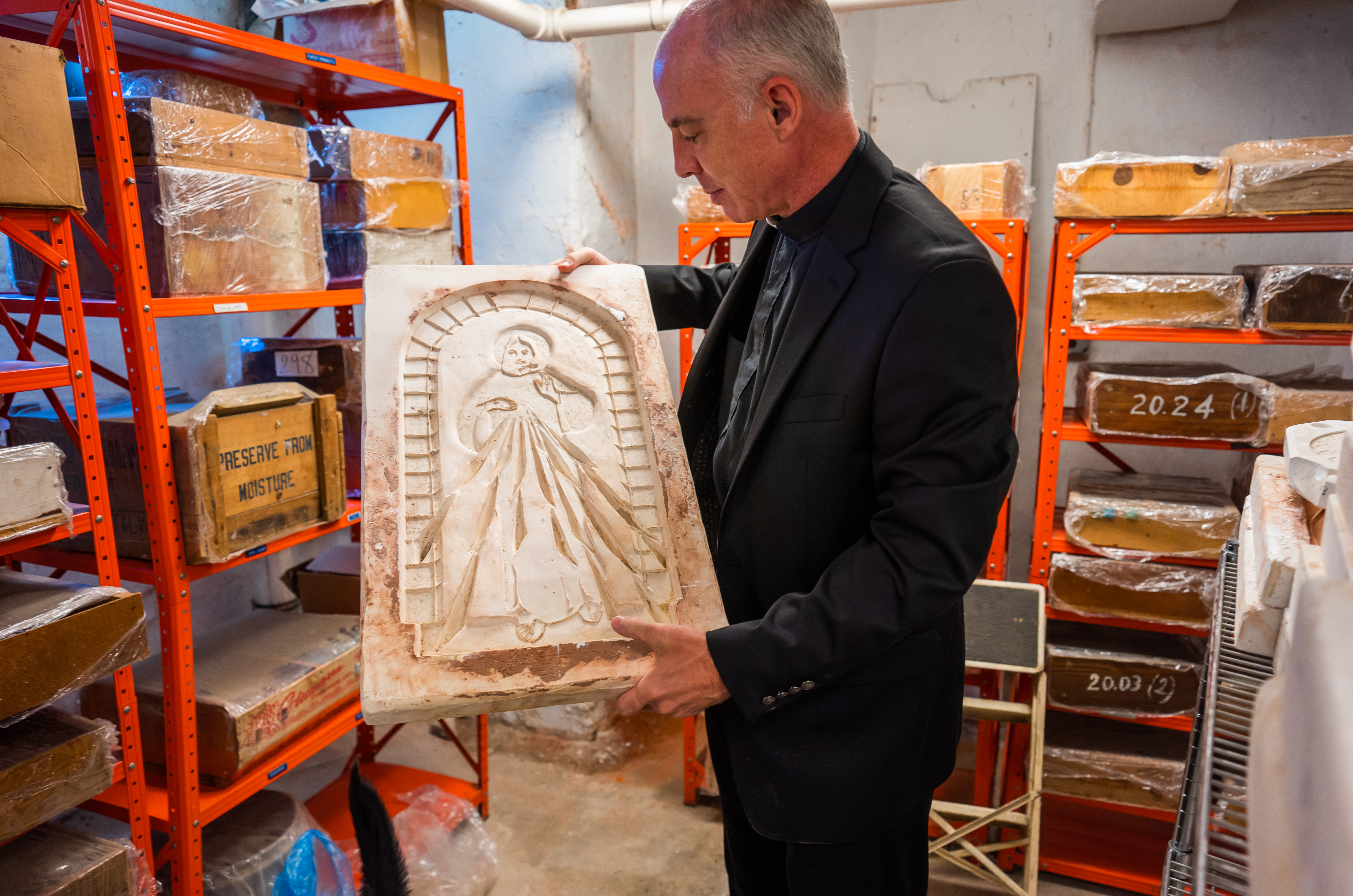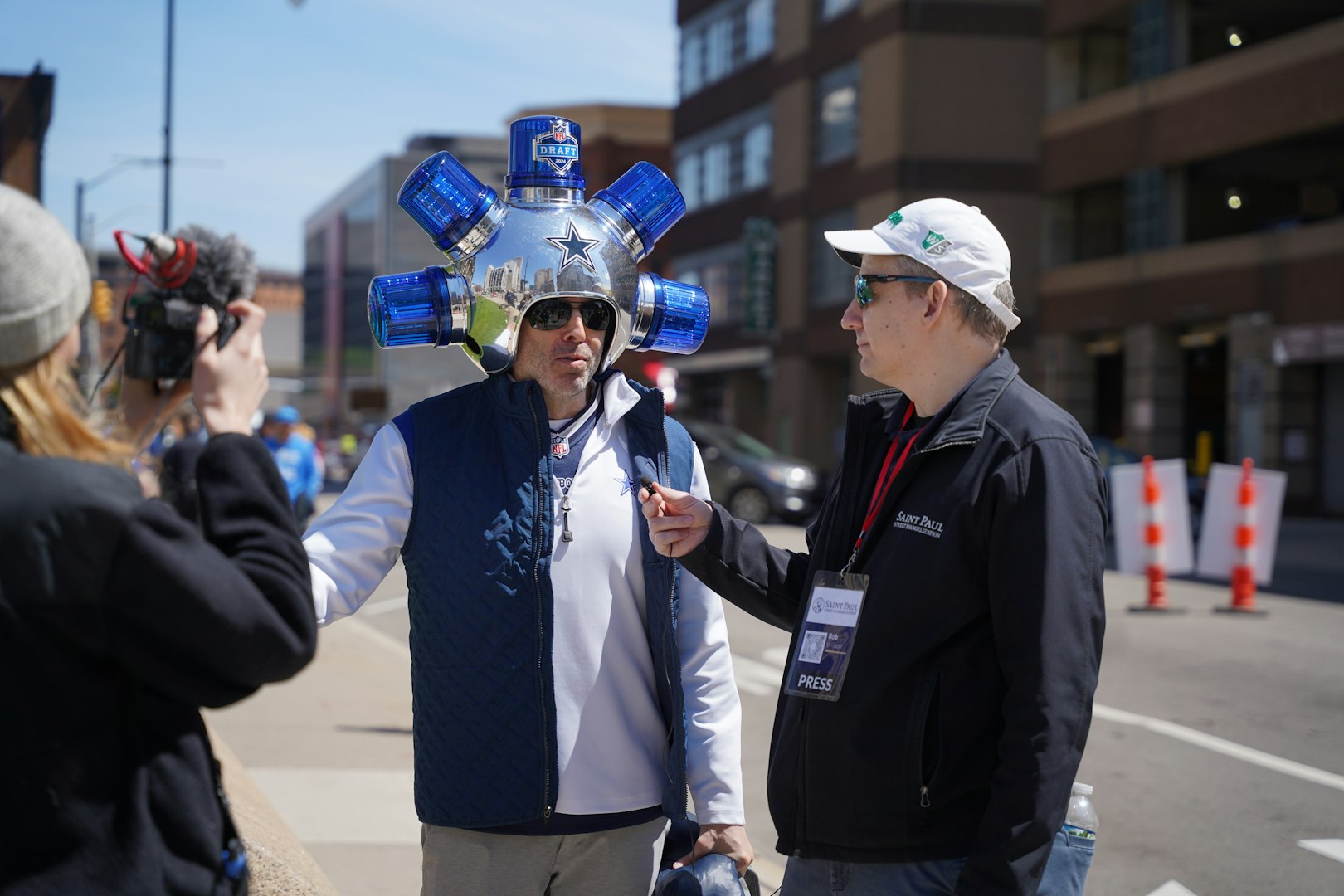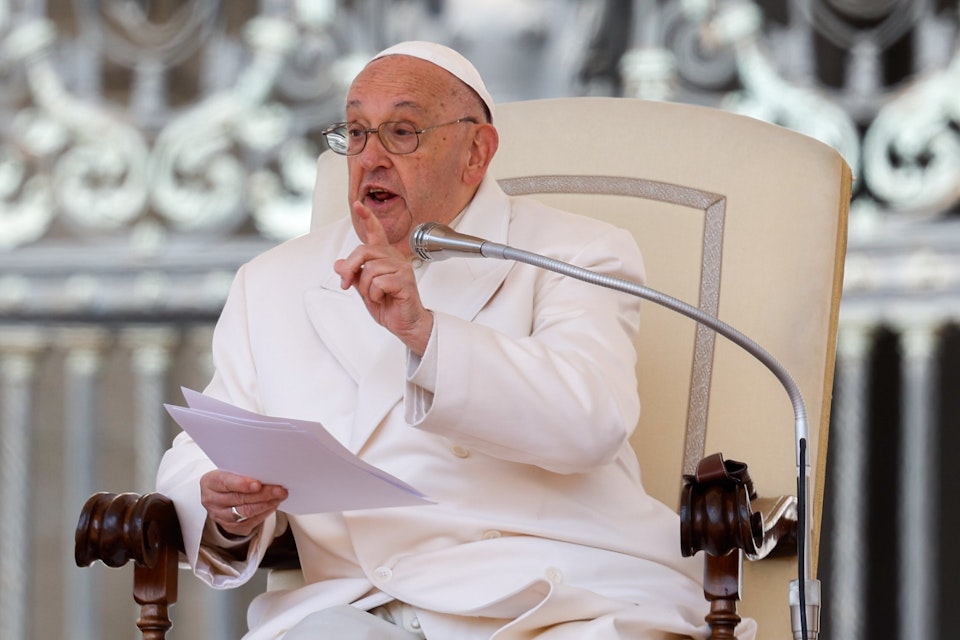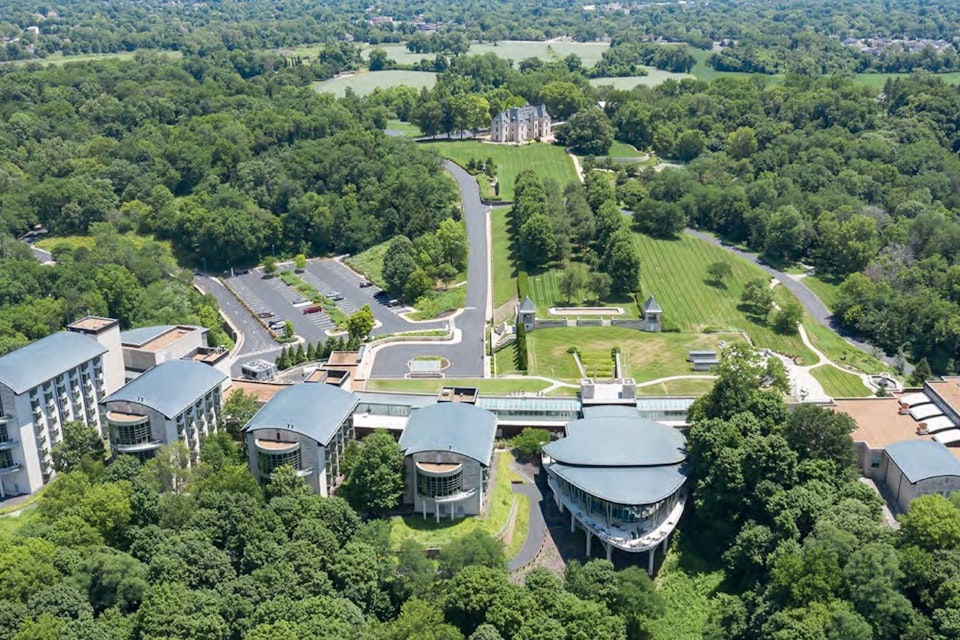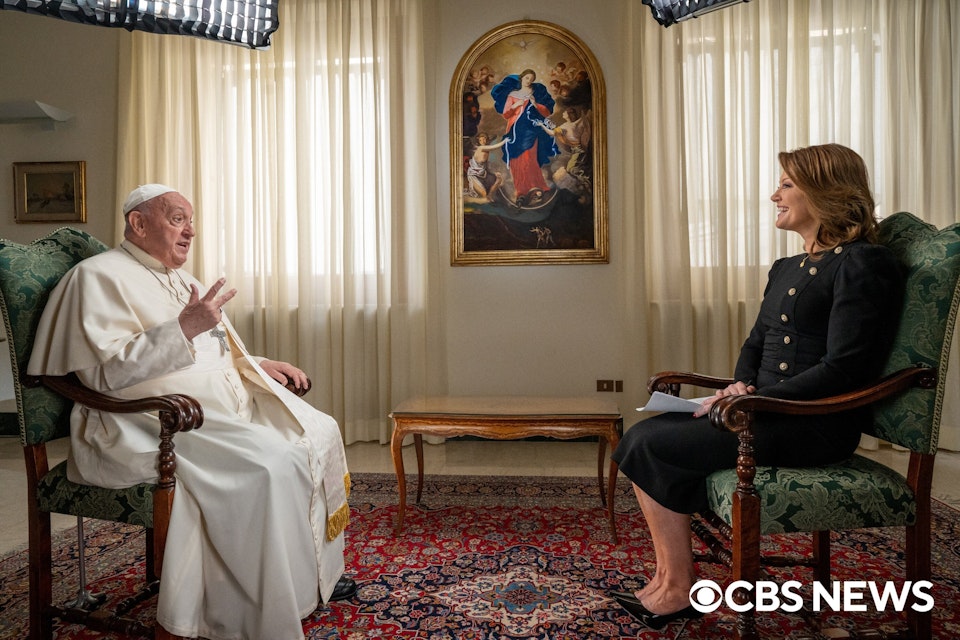Fr. Mech applies his own artistic skill to find new ways to display God’s love for man around the Cathedral of the Most Blessed Sacrament
During September and October, Detroit Catholic is asking readers to prayerfully consider a gift to the Catholic Services Appeal, which funds more than 170 ministries vital to the Church in southeast Michigan, including this publication. Visit www.givecsa.org to support the mission by making a gift today. We are grateful for your generosity and prayers.
DETROIT — In many respects, Fr. J.J. Mech was made to be rector of the Cathedral of the Most Blessed Sacrament.
An art enthusiast who loves architecture and design, Fr. Mech loves to give tours of Detroit’s mother church, explaining the intricacies — and theology — behind the designs and features of the Norman-Gothic church on Woodward Avenue.
RELATED: Cathedral plans to create ‘apostolic center for the arts and culture’
When he became rector in 2015, he established his own art studio in the basement, where he often crafted tiles for couples who were married at the cathedral or a painting that dons the walls of the parish office.
The studio has since moved to the rectory basement — away from the boiler that heats the cathedral — but it’s still a place where Fr. Mech communes with the Lord.

“Whenever I feel the Lord calling me to delve into art, whether it’s clay, paint or some material I’m working with, I come here,” Fr. Mech said about his studio. “When my mom passed away, right before COVID hit, I came down here. I had this $15 painting tarp and just decided to do an image of Our Lord and the Crucifixion, trying to deal with my grief.”
The mural turned out well enough that Fr. Mech hung the tarp in the sanctuary for Lent, a fitting reflection for the liturgical season.
The mural became a feature of livestream Masses at the cathedral during the suspension of public Masses, leading many people to comment and inquire about the piece’s origins.
Fr. Mech never formally studied art. His working-class background led his parents to push him and his siblings into more technical fields. But Fr. Mech said the arts were something always appreciated at home.

“I’ve always loved art, but growing up in a lean house, a little tiny house, and all of us going to Catholic school, my parents really sacrificed — so I didn’t take art,” Fr. Mech said. “I had to take physics, so I could fall back to a higher degree. My family includes accomplished artists; one of my brothers is an artist, my sister is a seamstress who creates beautiful quilts. We have all this great art, but never from studying it. Mom and Dad wouldn’t have allowed it.”
Fr. Mech incorporated art in his priestly ministry, first at Our Lady of Loretto Parish in Redford Township, where he created a shrine to the parish’s namesake for people to visit, and later at St. Anastasia Parish in Troy.
St. Anastasia is adorned with clay statues around the parish that feature symbols to represent Christ’s presence on earth, using art to teach theology.

“That’s where ‘Art for God’s Sake,’ began,” Fr. Mech said, referring to a parish exhibit at St. Anastasia that invited artists from different denominations to present and display their own depictions and creations of sacred art. “The idea was to use art to show how God is reaching them. I hear a lot of people say, ‘I don’t have artistic talent,’ which I don’t believe. I think every single person has that talent, that gift. God has given you that creativity to inspire others. That’s what we’re called to do.”
Fr. Mech is working with the Archdiocesan Cathedral Council to find ways to incorporate more works of art at the Cathedral of the Most Blessed Sacrament. Plans include a new life-size crucifix next to the parish office, an outdoor grotto to Our Lady of the Lourdes and the installation of at least a dozen new statues, including relics of the 12 apostles and St. Paul.
As a lover of art, Fr. Mech wants others to see art the way he does: as a way to reach out to the divine, using man’s creative faculties to show how man is God’s greatest creation.

“Whether we’re doing the Cathedral Cultural Series with beautiful music or outdoor projects and cleaning up the neighborhood, it’s all about drawing people to God,” Fr. Mech said. “If it’s not for God, then it’s really not worth it. Hence the title we gave it, ‘Art for God’s Sake,’ instead of ‘Art for Art’s Sake.’ If what we’re doing is not for God, then what purpose does it serve?”


